Animal pests (New Zealand)
Where can I find information about animal pests in New Zealand?
(Years 7-10)
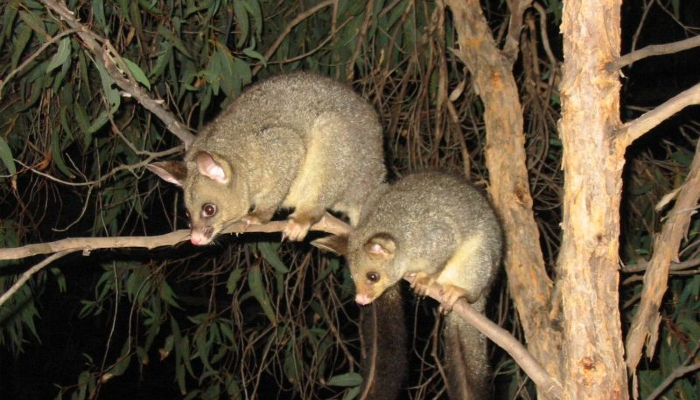
Image: Possums by Peter Firminger on Flickr.
Entry last updated: 10/07/25
Introduction
An animal becomes a pest if it begins to cause considerable economic or environmental damage. Animal pests such as stoats, possums, deer, cats and mice were introduced to New Zealand causing the decline in number and sometimes the extinction of the native birds and animals. The government has had to spend millions of dollars to control these pests in New Zealand.
Animal pests of New Zealand
Here is a list of some pests that have been introduced to New Zealand by early Māori and Pacific navigators, including early European settlers.
Possums : Brought in from Australia to establish a fur industry in New Zealand. They damage forests, eat birds's eggs and nestlings.
Rats and mice : Brown rats, black rats or kiore as they are known in Māori were introduced by the Polynesians and the first explorers. They have wiped out one type of native bat, native frogs and tuatara in some parts of New Zealand.
Mustelids : Weasels, stoats and ferrets are examples of mustelids brought into New Zealand for their fur and to control rabbits. They are partly to blame for the extinction of huia, bush wrens, native thrushes and quails.
Rabbits : Introduced into New Zealand for the domestic fur industry and for meat, rabbits are now an agricultural and ecological pest.
Cats : Cats were released into New Zealand to control the number of rabbits, but soon joined rats and stoats as predators. They prey on native birds, insects and lizards.
Deer : Released into New Zealand to provide sportsmen with game and for venison, deer soon started to damage forest plants, trees and seedlings. Sika, Red deer and Rusa are some example of deer in New Zealand.
Pigs : Introduced in the late 1700s, pigs use their noses to dig for food (rooting), as a result they uproot ground surface along with any plants and vegetation, damaging the forest ecosystem that many animals depend on for food.
Department of Conservation (DOC)
The Department of Conservation (DOC for short) is the government website about preserving the natural and historical sites of New Zealand. You can see it’s a government site by looking at the About us or Contact links at the top of the page.
Go to the tab called Nature from the top of the page and select Pests & threats from the drop down menu.
Open the link Animal pests A - Z to find a list of major pests to New Zealand's native species.
Tips: A website’s address (URL) can give you a hint about how reliable it is. Look for addresses in the results that include .govt or .edu in the URL. These are quality sites from overseas government or educational organisations.
Te Ara: The Encyclopedia of New Zealand
Te Ara is an excellent starting point for all questions about Aotearoa New Zealand. If we look down to the bottom of the page, we can see that the website belongs to the Ministry for Culture & Heritage, so the information is well-researched and reliable.
Search for 'animal pests'.
Choose the story Introduced animal pests.
Or choose Impact of animals on the bush to find out about the effects of introduced animals.
There is also a story about Possums for a more in-depth look at this pest.
Tips: We like sites that are from government or other reputable organisations, because we can trust the information. You can sometimes tell these sites by their web address – they might have .govt or .edu in their address – or by looking at their About us or Contact pages.
This website belongs to the Northland Regional Council of New Zealand. It lists environment, transport, civil defence and maritime data, plans and management.
The tab Education and Education resources will take you to a page called School Information packs.
Explore the link called Possums and other animal pests.
Impacts
New Zealand has a unique biodiversity. These sites below have information about the impact or threats animal pests have on our ecosystem.
New Zealand Geographic Online is part of EPIC, a collection of reliable databases covering lots of different topics. It’s put together especially for New Zealand school students and helps to answer questions like this.
Enter the search words 'impact animal pests' in the search box.
Read articles The menace of stoats and Wild horses.
Tips: To get to the EPIC resources you will need a password from your school librarian first. Or you can chat with one of our AnyQuestions librarians and they will help you online. Some EPIC databases may also be available through your public library.
Department of Conservation (DOC)
This government owned website on conservation issues in New Zealand is the best place to look for information about the impact that animal pests have on our environment.
The link Animal pests A - Z has information about pests and predators and the serious damage they cause.
This site belongs to the Waikato Regional Council of New Zealand. It has information about the plans, policies and work done by the council, economy and development of the Waikato Region. It also has useful information about the environment of this region.
Enter the search words 'impact animal pests' in the search box.
Explore View our pest animal factsheets.
Each animal has a page about it and its impact on the environment.
Tips: Search words, or keywords, are the most important words in our question. Usually it’s better to leave out small words like ‘the’, ‘a’ and ‘of’ and just choose the main ones, e.g [pest animals]. We can always change our keywords or add more if we need to.
Pest control
These New Zealand websites have information about the various methods used to control the increase of animal pests, to prevent them from further damaging the ecology of our country and the spread of disease that animals can cause.
Department of Conservation (DOC)
DOC has the most up-to-date information on animal pest control methods used, including 1080.
The link Our pest control methods found under the tab Nature has information about the use of biodegradable 1080 used to control pests like possums, rats and stoats.
Also on this page is a link to Ground control for pests involving the use of traps and bait stations.
New Zealand Plant Conservation Network
Established in 2003, this is a network about facilitating and supporting conservation of the unique plant life in New Zealand.
Go to Threats at the top of the page and select Pest Animals.
Look down the page for the link to Animal pest control.
Remember to explore the web links at the end of the page for more pages on pest control.
Tips: Many web pages have links to further information or to other recommended sites. Following these links is a great way to find out more.
Biosecurity New Zealand comes under The Ministry for Primary Industries (MPI), that is responsible for protecting New Zealand from biological risk.
Select the link Finding and reporting pests and diseases on the homepage.
Here you will find here programmes on how and why this government department keeps a watch out for pests and diseases in New Zealand, and the action taken to control them.
You will also find here information about how diseases such as mycoplasma bovis and food-and-mouth spread in our cattle farms, and what MPI is doing about it.
Books
As well as online resources, there are books about animal pests in New Zealand. Check out your local public library or school library for titles like these:
Unwanted invaders : introduced plant and animal pests in New Zealand by David Relph.
Possum control and the use of 1080 in New Zealand by P. G. Livingstone, P. C. Nelson, MAF Quality Management (N.Z.). Animal Health Board., New Zealand. Department of Conservation.
Introduced mammals of New Zealand : an ecological and economic survey by K. A. Wodzicki, New Zealand. Department of Scientific and Industrial Research.
SCIS no: 1908757
Topics covered
Related content
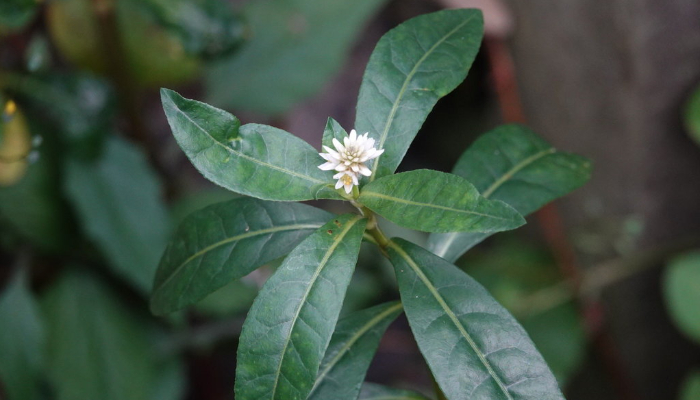
Pest plants (New Zealand)
Where can I find information about pest plants in New Zealand?
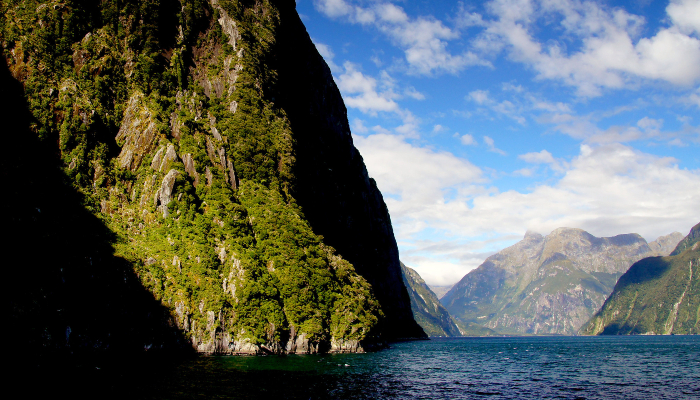
Conservation (NZ)
Where can I find information about conserving the natural environment in New Zealand?

1080
Where can I find information about the 1080 controversy?
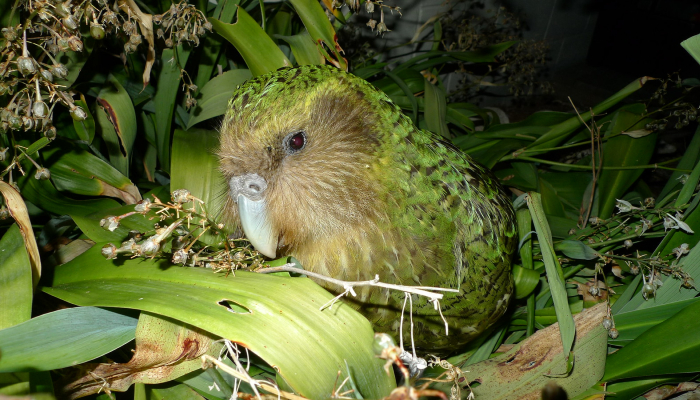
New Zealand birds
Where can I find information about New Zealand birds?
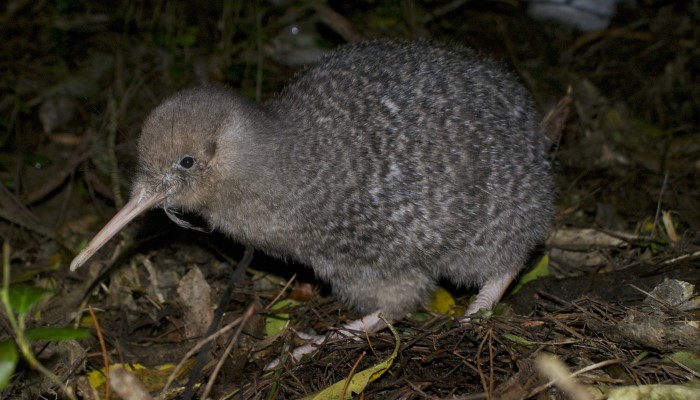
Animals (New Zealand)
Where can I find information about animals in New Zealand?

Animals
Where can I find information about different animals?
